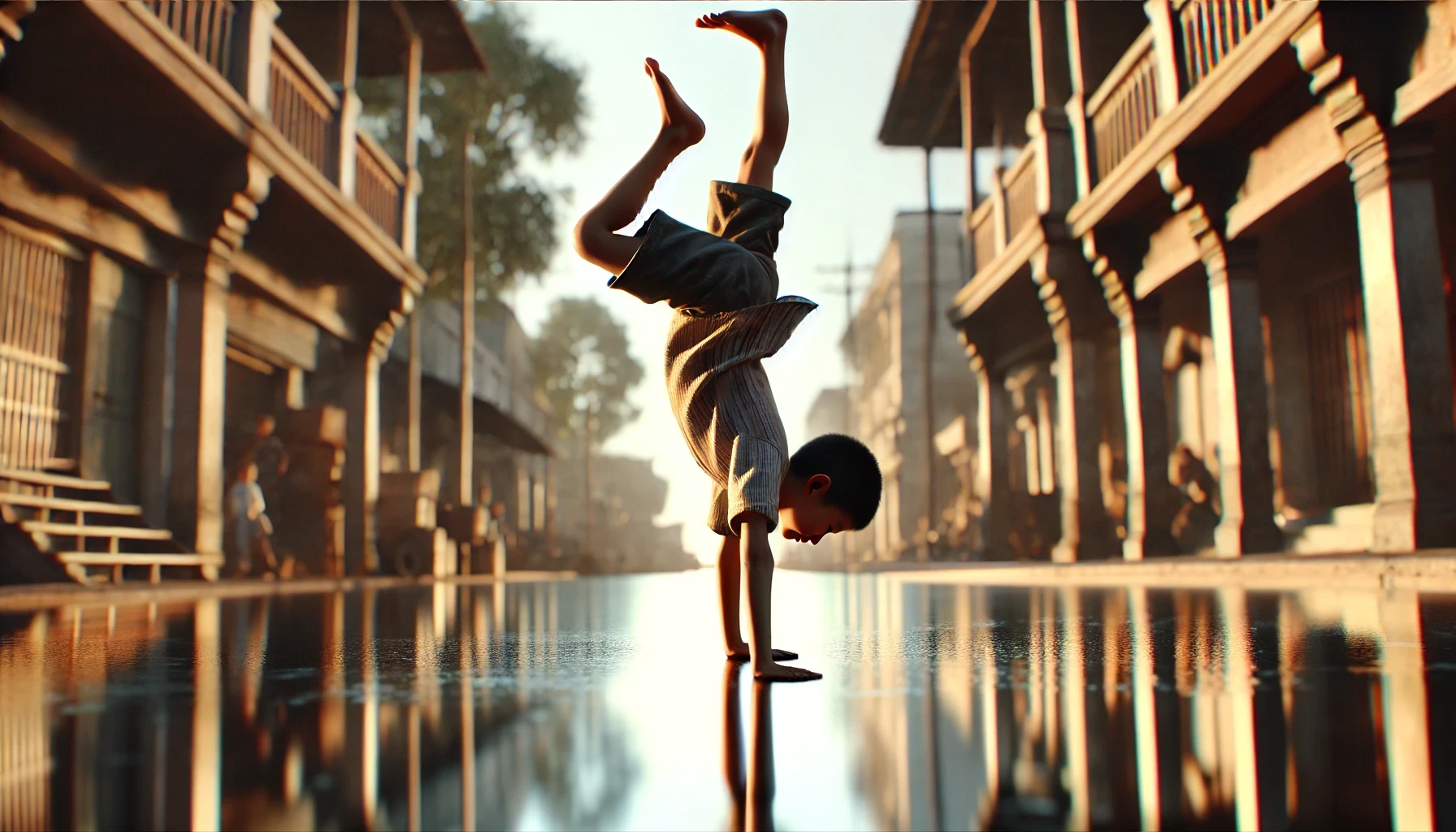For many sighted individuals, dreams are vivid tapestries of images and colors. But how do people who are blind experience this nightly drama? Do they see shapes, or do they rely on other senses?
This question sparks curiosity because it challenges our assumptions about perception. In this blog post, we will explore the dream life of blind individuals. We will see how sound, touch, taste, and smell can form the core of their nighttime experiences. We will also look at research that shows how the brain adapts when visual input is absent. By the end, you will gain a deeper appreciation for the amazing ways dreams can take shape without sight.
Why Dreams Matter to Everyone
Dreams are a universal human experience. Most people dream each night, yet many of us forget these visions when we wake up. Researchers have proposed many theories about why we dream. Some believe dreams help us process emotions and memories. Others suggest dreams spark creativity or let us rehearse possible future scenarios.
For sighted people, dreams often include vivid pictures. These images may be beautiful or frightening. They might be entirely fictional or drawn from daily life. Yet sight is only one of our senses. Our minds also process sound, touch, smell, and taste, both when we are awake and when we are asleep. This opens the door to a new realm of possibilities for those who do not rely on vision.
A Closer Look at Blindness and Dreaming
When we talk about blindness, we should recognize that it is not a single experience. Some people are born with no vision at all. Others lose their sight gradually. Some retain a bit of light perception or see shadows and shapes. These differences matter because they can shape how a person dreams.
Researchers often divide blindness into two main categories: congenital blindness and acquired blindness. People who are congenitally blind have never seen the world through their eyes. Their dreams may focus on senses other than sight. By contrast, people who lose their vision later in life may still have dream images. They remember what things looked like before their sight faded. As a result, they might continue to see in their dreams.
Congenital Blindness: A World of Sound and Touch
People who are born blind live in a world where their ears, hands, noses, and tongues provide most information. Their brains adjust to this from a very early age. In daily life, they rely on hearing and touch to navigate and identify objects. This shift in perception often carries over into their dreams.
Sound can feature in these dreams in a detailed way. A congenitally blind person may notice faint background noises. They might focus on the pitch or volume of voices. Touch can also play a crucial role. Dreamers may sense the exact texture of an object or the softness of a blanket. These details create dream landscapes that are rich and immersive, even though they lack traditional visuals.
Scents and tastes can also appear more frequently. Dreams might highlight the smell of freshly baked bread or the flavor of a favorite meal. Sighted dreamers often overlook these senses in favor of visual cues. But someone with congenital blindness may treat them as the stars of the show. This can result in dreams that revolve around subtle variations in smell or taste.
Acquired Blindness: Images That Linger
Those who lose their vision later in life have a different story to tell. They often keep dreaming in images long after their sight has gone. Some people describe these images as clear and bright. Others say they fade or blur over time. Still, many hold on to details of faces, places, or objects they saw when they were younger.
Why do these images remain? The brain stores memories of visual information from past experiences. During sleep, it can draw upon these memories to build dream scenes. Over time, the brain might mix these visuals with new sensory input. As a result, a dream might start with a clear picture of a childhood home but shift to focus on the sound of a friend’s laugh.
For some, visual imagery never fully disappears. Decades after losing sight, they can still see dreamscapes. They might also report a blend of visual and non-visual cues. This shows how flexible the mind can be. It can draw upon both memory and present-day senses to craft a nightly story.
How the Brain Adapts to Non-Visual Input
Many studies have looked at how blindness changes the brain. Researchers have used brain imaging, such as MRI scans, to see which areas of the brain activate during different tasks. Surprisingly, the visual cortex in blind individuals can become more involved in processing sounds or touch. This phenomenon, called neuroplasticity, shows that the brain can reorganize itself when one sense is absent.
In dreaming, this same flexibility appears. People who are blind often report intense auditory or tactile experiences. Their brain devotes extra resources to these senses. They do not need visuals to create meaningful dream content. They can navigate imagined locations using echoes, vibrations, or textures. This shift reminds us that the brain is not rigid. It adapts to the individual’s reality.
Emotional and Psychological Aspects
Dreams do more than reflect our senses. They also tie in our feelings and personal struggles. Many people who are blind share that their dreams echo the emotional tone of their waking life. If they feel excited about a new friendship, they might dream of warm voices and welcoming touches. If they feel stressed, they may dream of harsh sounds or difficult terrain.
Dreams can also offer a safe space for processing daily challenges. This holds true for both blind and sighted people. Yet, for someone with blindness, dreams may allow a sense of freedom. They can explore environments or scenarios without barriers. This can boost confidence. It might also provide relief from real-life frustrations.
Some individuals have reported “sighted” dreams that serve as a window to a past version of themselves. These dreams let them reconnect with memories from before they lost their vision. They may see familiar faces, relive old places, or revisit key moments in time. This can evoke strong emotions, both comforting and bittersweet.
Cultural Perspectives and Personal Stories
Different cultures attach various meanings to dreams. Some view them as messages from the divine. Others see them as tools for problem-solving. Regardless of culture, blind individuals often share stories of dreams that mirror or expand their real-world experiences.
Personal accounts from people who are blind provide a wealth of insight. Some mention that they do not feel any “lack” in their dreams. Instead, they experience full and satisfying narratives built from the senses they use every day. These narratives can include beautiful music, tactile sensations, and strong aromas. By listening to these stories, sighted people can learn that vision is not the only path to a rich inner life.
Redefining What It Means to Dream
When we think of dreams, we tend to picture them through a visual lens. But the experiences of blind individuals remind us that dreams can thrive on any sense. They show us that perception is more than images. Our minds can weave complex stories from the faintest sounds or the subtlest textures.
This broader view of dreaming can reshape how we think about sleep and perception. It invites us to ask new questions. How might we enhance our own sense of sound or touch in daily life? Could we learn to be more mindful of the smells and tastes around us?
Most of all, these stories show that life without sight does not mean a life without beauty or excitement. Our senses shape who we are. When one sense steps back, others step forward to fill the gap. Dreams reflect this shift in vivid detail.
Final Thoughts
The dreams of people who are blind expand our understanding of the mind’s power. They prove that vision is only one way to explore the depths of imagination. By tuning into sound, touch, smell, and taste, the mind can craft dream worlds that are every bit as rich and meaningful.
We do not need to rely on visuals to find wonder in our dreams. Instead, we can focus on every sense available to us. Blind individuals show us how flexible and creative the human brain can be. Their experiences encourage all of us to pay attention to the finer details of life. When we do, we discover new layers in both our waking world and in our nightly adventures.






